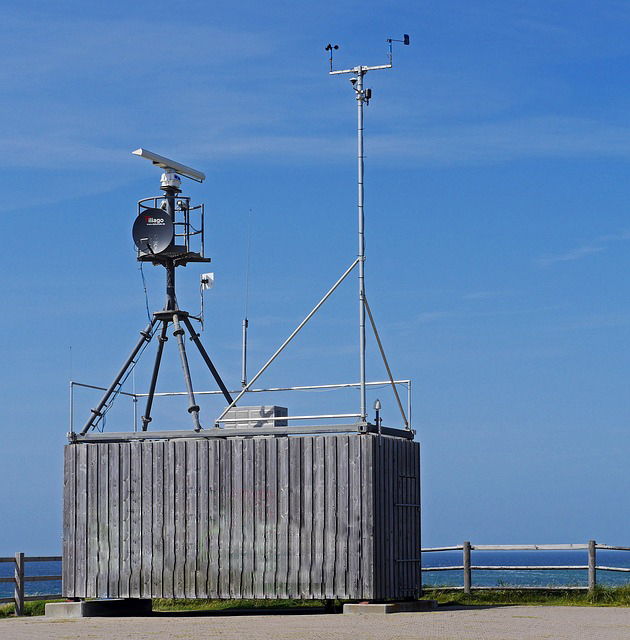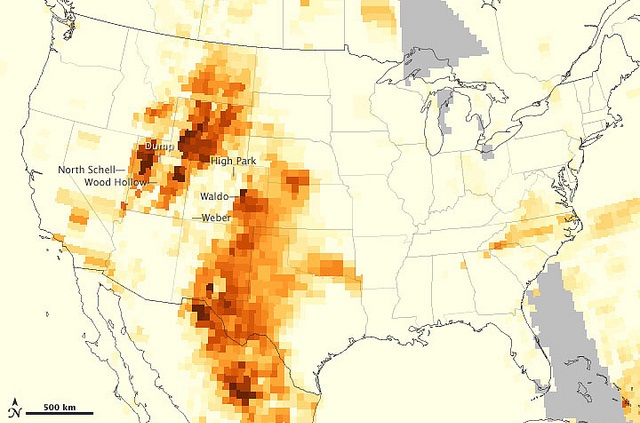-
AERMET Made Easy – Selecting Weather Stations

“When using National Weather Service (NWS) data for AERMOD, data representativeness can be thought of in terms of constructing realistic planetary boundary layer (PBL) similarity profiles and adequately characterizing the dispersive capacity of the atmosphere. As such, the determination of representativeness should include a comparison of the surface characteristics (i.e., zo, Bo and r) between […]
-
The Places You’ll Go

When it was read to you as a child or when you were reading it to children, Dr. Seuss’ “The Places You’ll Go” describes life as one big wonderous wandering adventure. When it comes to dispersion modeling, the last thing I want is an adventure. I guess I am getting old. When I have a […]
-
AERMET – As Easy as 1, 2, 3

If you have read the previous articles on locating and obtaining surface and upper air meteorological and land use data (stations, surface, upper air and land use), you now are at the point of learning how to put together the information you have gathered to run AERMET. You have to create three separate inputs files […]
-
How to Find Data for AERMET: Upper Air and Land Use Data

When I was in elementary school in the 1960’s and 70’s, if you needed to look something up, like relevant dates, historical figures and events, etc., you would go to the library. Being too young to drive to the library, I often relied upon the encyclopedias my parents had bought many years earlier; 1955 to […]
-
How to Find Data for AERMET: Surface Data

We are all familiar with buying a product that requires assembly, typically furniture or some kind of toy-like contraption if you have kids. The expectation is there will be a list of parts (all identified), a list tools necessary for the assembly, and instructions taking you step-by-step through the process. Sometimes, there are pictures and […]
-
Selecting Weather Stations for Dispersion Modeling

This article has been updated. To see the new version, go here. AERMET Made Easy: Selecting Weather Stations “The determination of representativeness should include a comparison of the surface characteristics (i.e., zo, Bo and r) between the NWS measurement site and the source location, coupled with a determination of the importance of those differences relative […]